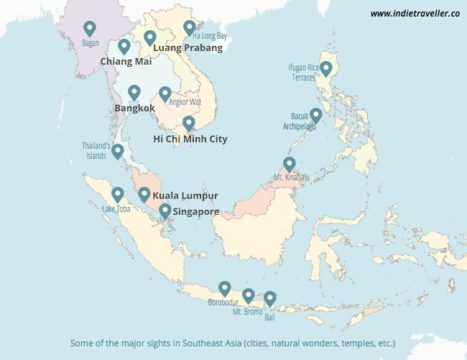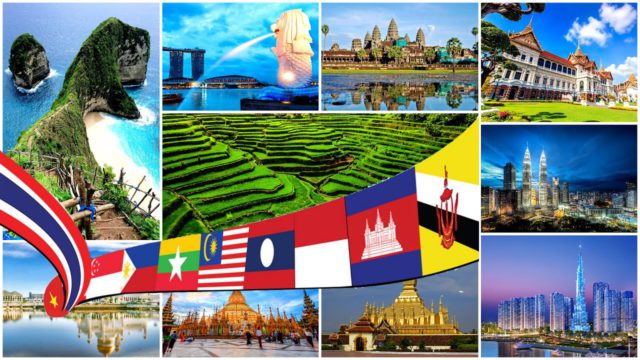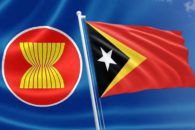Two years after world tourism descended into suspended animation because of the COVID-19 pandemic, the gradual removal of quarantine and travel restrictions across Southeast Asia is now precipitating the reawakening of tourism in the region.
As reported by Beritabali.com and Suara.com, while tourism is certainly on the rebound, the recovery process will not happen on a uniform basis across the region.

Data provided by the travel company ForwardKeys, says international air transportation bookings in Southeast Asia at the end of March 2022 were at a level of 38% of what they were in the pre-pandemic period. At the same time, a sharp increase in new bookings has taken place over the past three months, particularly in Singapore and the Philippines.
The Minister of Tourism for the Philippines, Bernadette Romulo-Puyat, says her country is leading the travel revival because “We were the first to cut all the bureaucracy.”
“Tourists enjoy this lack of bureaucracy because once they arrive in the country, they are free to go,” said Romulo-Puyat.
Meanwhile, many countries in Southeast Asia have opened their tourism borders for travelers who can prove they are fully vaccinated.
Many Southeast Asian destinations, such as Indonesia, only require travelers to undertake a rapid antigen test before arrival and upon arrival.
A few countries continue to apply stricter entry restrictions, such as Thailand, a leading tourism destination in the region, before the pandemic. In Thailand, international visitors are still subjected to bureaucratic rules. ForwardKeys reports that flight bookings to Singapore and the Philippines are 72% and 65% of 2019 levels, respectively, while Thailand bookings are only 24% of what they were in 2019.
Marisa Sukosol Nunbhakdi, president of the Thailand Hotel Association, says: “The PCR test (in Thailand) can cost 2,000 – 2,500 baht (around Rp. 850,000 to Rp. 1 million) and the bureaucracy can sometimes be complicated.”
Marisa said Thailand’s current rules and regulations are seen as obstacles to travel by many travelers. Adding: “If other countries do not impose complicated entry requirements, travelers prefer to go to those places that are more relaxed.”
The Governor of Thailand’s Central Bank, Sethaput Suthiwartnarueput, said, speaking on Monday, 11 April 2022: “Thailand will need time until 2026 to recover fully.”
In 2019, the tourism sector contributed 12% of Thailand’s Gross Domestic Product (PDB).

As Southeast Asia recovers, the once prominent Chinese traveler has largely disappeared in the current revival. Before the pandemic, travelers from the PRC represented the overwhelmingly dominant source market for Southeast Asian travel. However, at this time, China’s travel sector remains in an almost virtual shutdown.
In 2019, more than one-quarter of the 40 million international tourists traveling to Thailand came from the PRC. Meanwhile, Thailand is only targeting in 2022 a modest 5 to 10 million international visitors, mainly from Malaysia and other neighboring Southeast Asian countries.
MarketKeys says that for Southeast Asia as a whole, 30% of foreign tourists in 2022 are anticipated to originate from Europe. If this market share is realized, it will be an increase from 2019, when 22% of all visitors to the regions came from Europe. Similarly, the American market segment of travelers to Southeast Asia is projected to hit 21% in 2022, up dramatically from the 9% American market share in 2019.
Showing the impact of the diminished PRC market, ForwardKeys predicts in 2022, only 24% of all travelers in Southeast Asia will be from Asia, a figure less than half of the 57% Asian market share experienced in 2019.
Figures from the World Travel & Tourism Council say the tourism sector contributed US$ 380.6 billion to the gross domestic product (PDB) of Southeast Asia in 2019, an amount roughly equal to 11.8% of the total PDB for the region.





